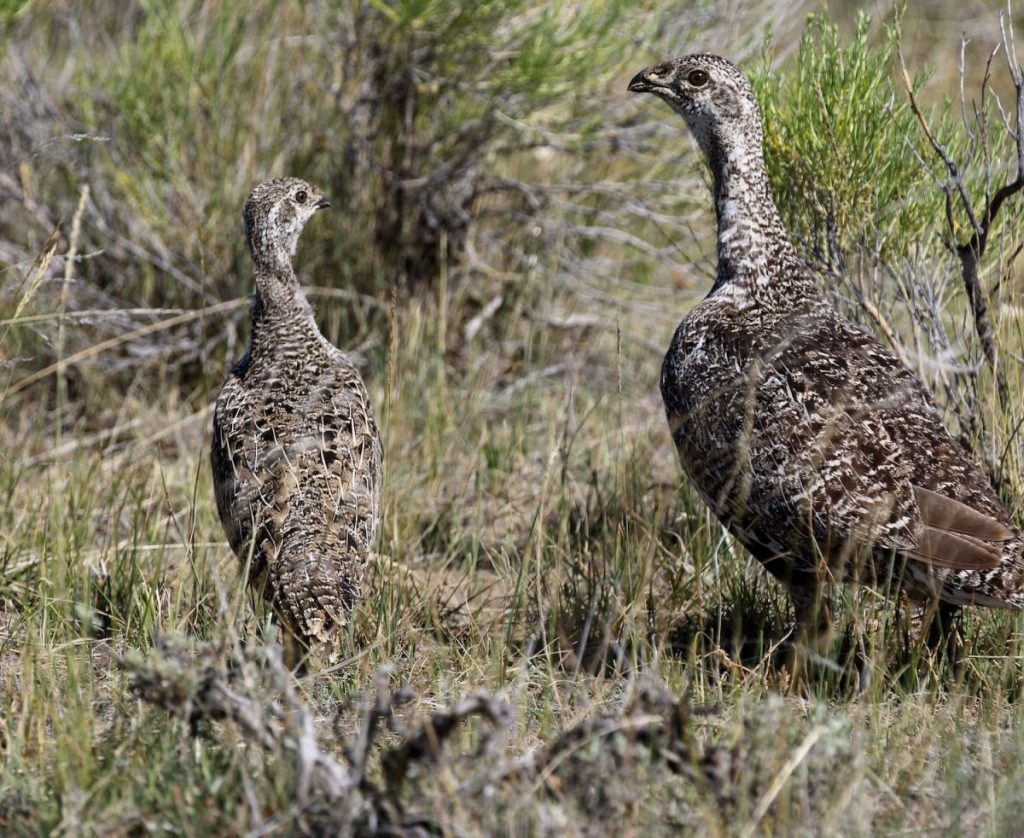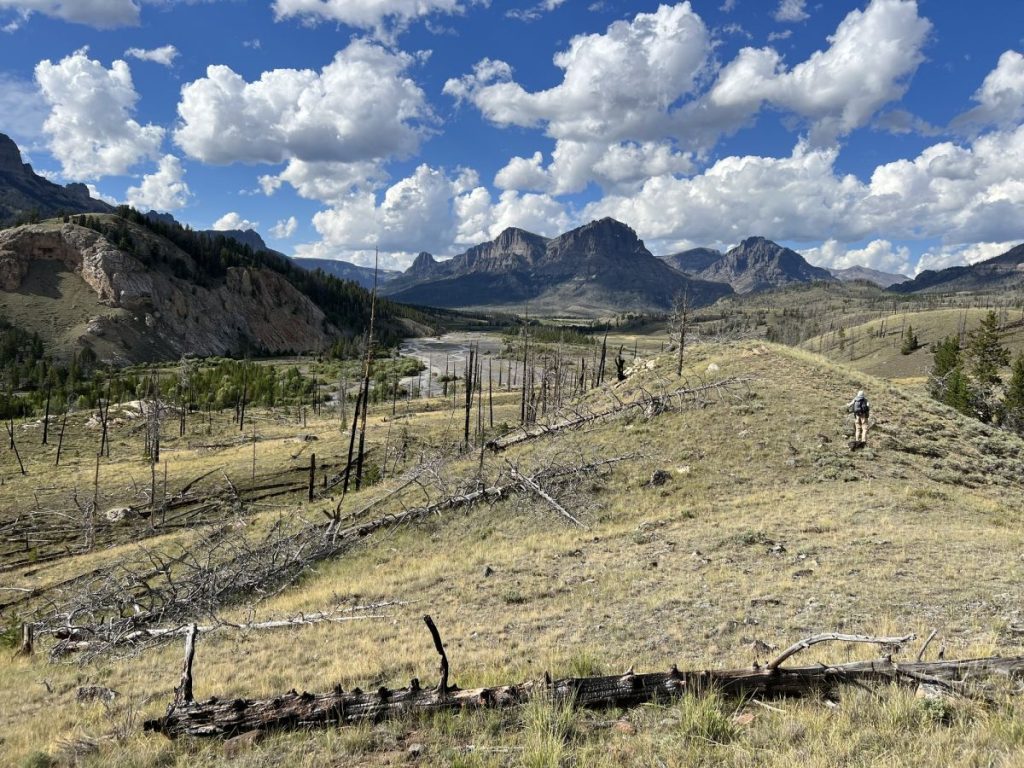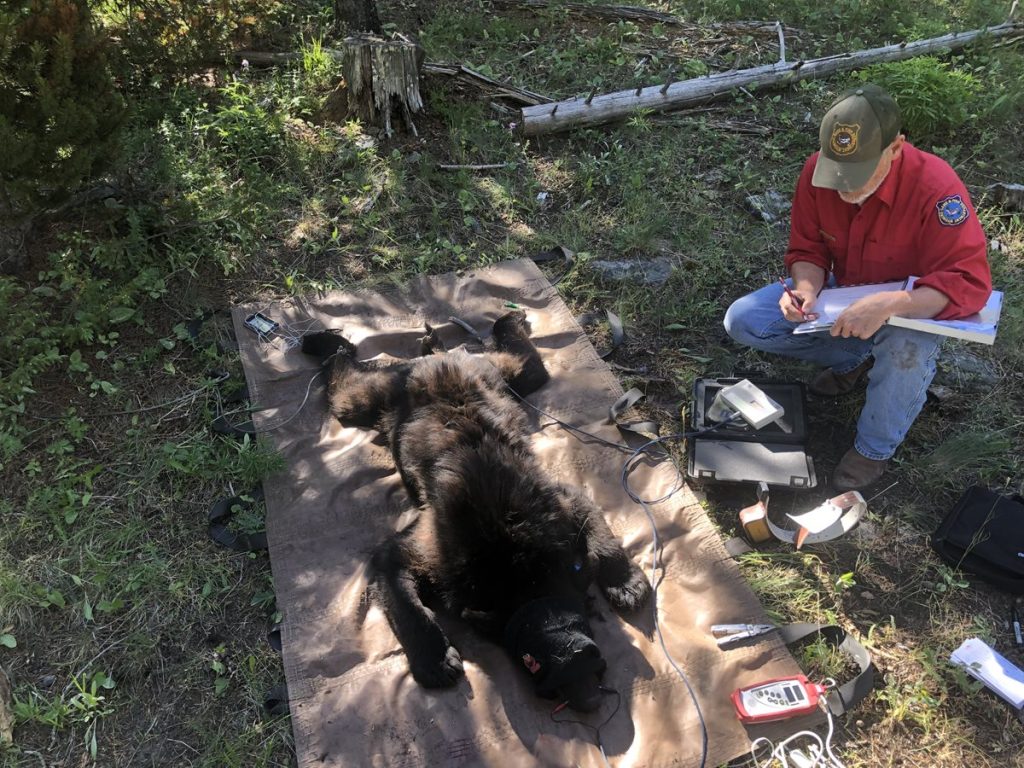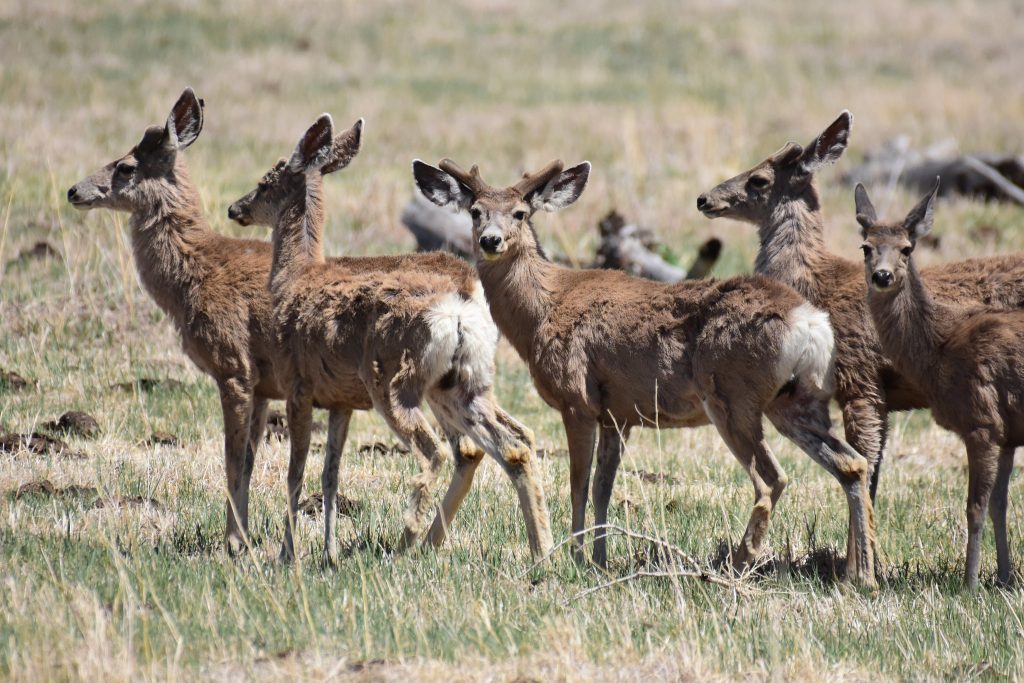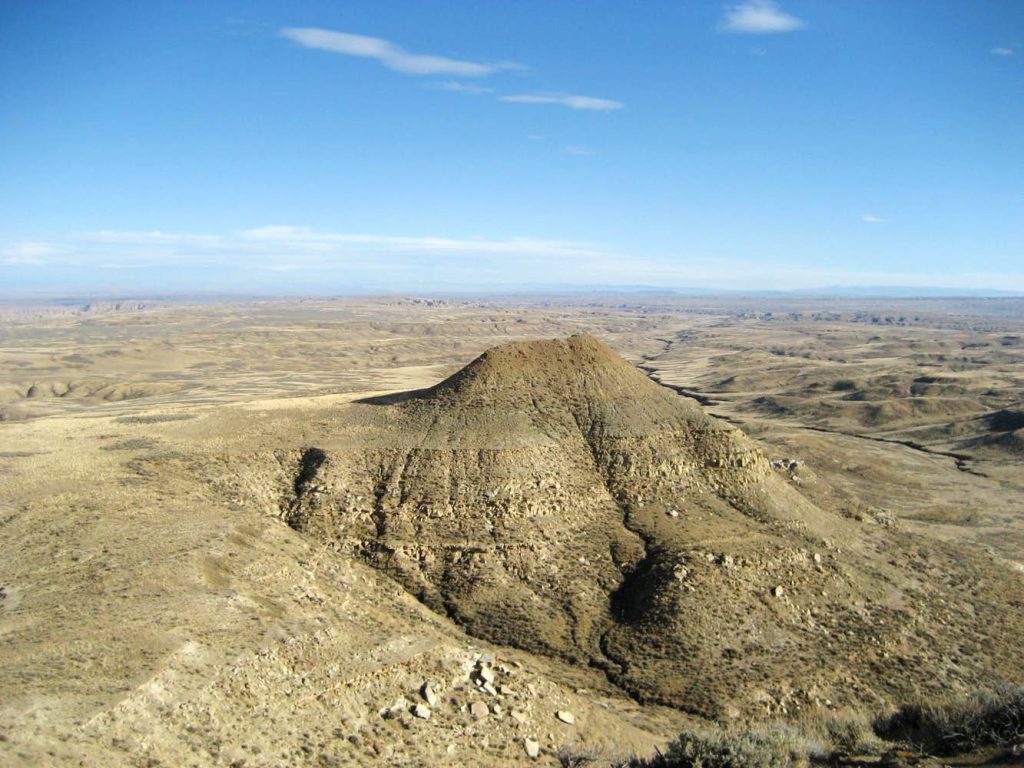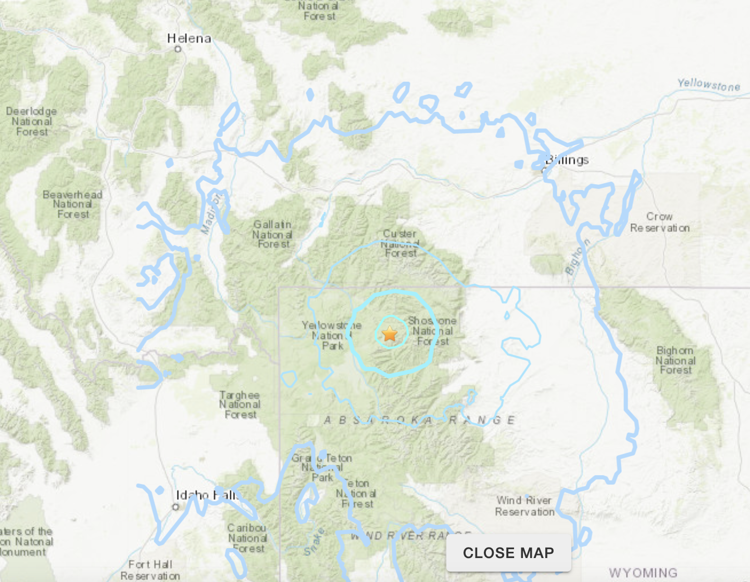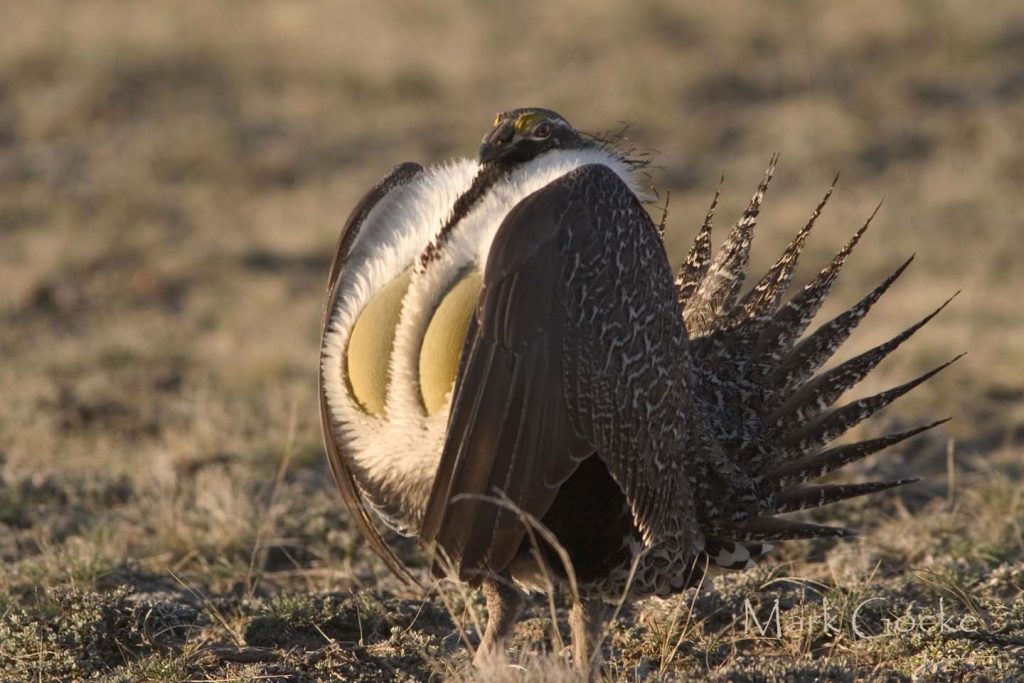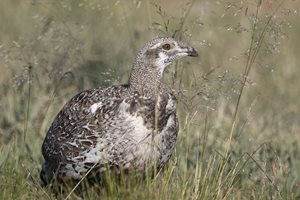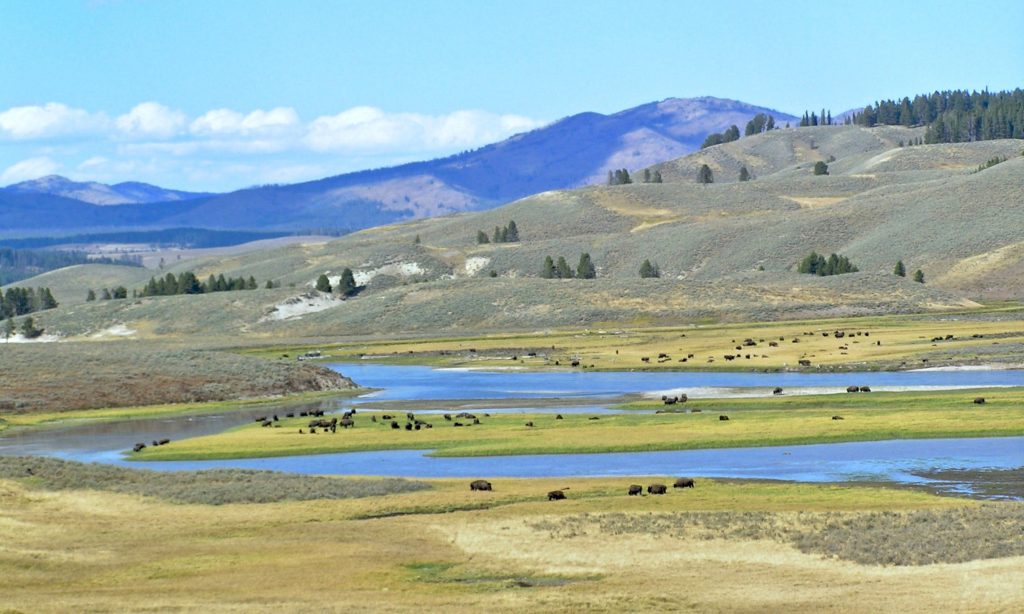US Geological Survey
According to research by Wyoming scientists, efforts to improve sage-grouse habitat through conventional management practices may be ineffective—and even counterproductive. Sagebrush reduction strategies, including mowing and herbicide application, are often employed to enhance habitat for the greater sage-grouse (Centrocercus urophasianus) and other sagebrush-dependent species. The theory is that clearing large sagebrush shrubs improves food sources…
As part of ongoing efforts to monitor the population of grizzly bears in the Greater Yellowstone Ecosystem, the Wyoming Game and Fish Department will conduct capture operations in northwest Wyoming beginning this spring and continuing through early fall. Established in 1973, the I.G.B.S.T. monitors and researches grizzly bears in their ecosystems as part of a…
New research shows migrating mule deer avoid areas of energy development, passing on the best, most nutritious plant growth – the primary reason for seasonal migrations. A collaborative study by the U.S. Geological Survey (USGS) and the University of Wyoming determined mule deer miss out on forage when energy development disrupts their migration corridors. “Mule…
The U.S. Department of the Interior has rechristened almost 650 summits, streams, and other landmarks to remove a derogatory term for indigenous women from all federal maps. Last week, the Department of the Interior today announced the Board on Geographic Names (BGN) has voted on the final replacement names for nearly 650 geographic features nationwide…
The earth’s always moving in Yellowstone, but a recent earthquake in the park was intense enough to be measured by the U.S. Geological Survey. A handful of tourists might have started their day with a good shake. At 7:32 a.m. Wednesday morning, the U.S. Geological Survey detected a light earthquake in Yellowstone National Park. The…
Diamond Wings Upland Game Birds has five more years to see if they can become the first organization in the nation to breed captive greater sage grouse. One of the many bills passed by the 66th Wyoming Legislature is Senate File 61. Senate File 61 removes the expiration date for “certifications for greater sage grouse…
Sage grouse numbers remain in flux in Wyoming, as early analysis suggests there were declines in reproduction during 2021 which will affect populations in 2022. Wyoming Game and Fish released an early assessment of 2021’s sage grouse numbers. Based on those numbers, there are indications sage grouse reproduction declined slightly in the last year. Wings…
Following a well-studied pattern, sage grouse leks were less busy in Spring 2021 – not unexpected and not necessarily a bad sign for Wyoming grouse populations. New data analyzed by Wyoming Game and Fish show the number of sage grouse at leks decreased in Spring 2021. Overall, lek attendance was down 13% from numbers observed…
Yellowstone National Park got a bit jolted over the weekend, as several people felt a 3.0 magnitude earthquake along the Grand Loop Road last Saturday. The U.S. Geological Survey recorded a 3.0 magnitude quake in Yellowstone National Park on the evening of Saturday, Sept. 4. Its epicenter was close to the Grand Loop Road, opposite…
